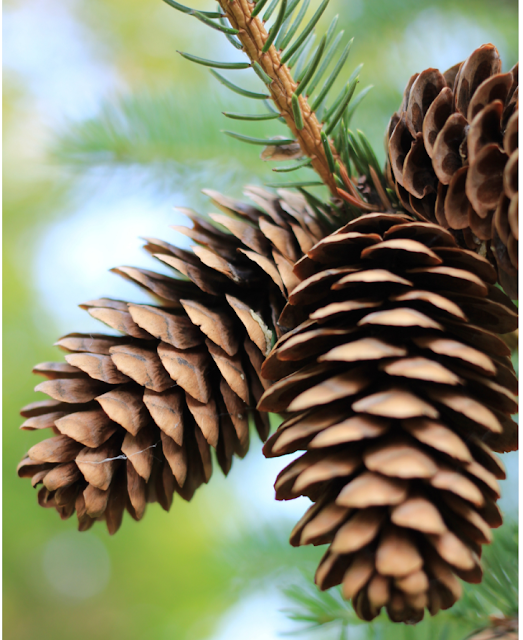As a dedicated botanist, the intersection of mathematics and nature holds a special place in my heart. Celebrating Fibonacci Day on November 23rd (11/23) becomes an occasion to explore the mysterious connections between the Fibonacci sequence and the botanical wonders that fill our gardens. Join me on this journey where we uncover the hidden beauty and significance of Fibonacci in the lush tapestry of plants, art, and everyday moments.
The Botanical Basics of Fibonacci:
Fibonacci in Floral Arrangements:
Sunflower Spirals: Imagine standing in a field of sunflowers, your botanical haven. Sunflowers, with their radiant blooms, exhibit seed patterns that follow the Fibonacci sequence. The spiral arrangement of seeds showcases nature's mathematical precision and its impact on the visual allure of these botanical marvels.
Pinecone Spirals: Observe the humble pinecone, a staple in botanical wonders. The Fibonacci sequence is at play in the spiral arrangement of scales, unveiling the mathematical elegance within the seemingly mundane.
Nautilus Shells: Picture a stroll on the beach, collecting seashells. The nautilus shell, a marvel of marine life, displays chambers following the Fibonacci sequence. This botanical connection to oceanic life highlights the universal presence of these numbers.
Fibonacci in Botanical Art:
The influence of the Fibonacci sequence extends into the realm of botanical art. Artists, inspired by the numerical dance of nature, create compositions that resonate with the growth patterns found in plants. The seamless integration of mathematics and botanical beauty brings an added layer of appreciation to the artistry of plant life.
Fibonacci in the Everyday Garden:
As a botanist, you may find Fibonacci's influence in the everyday moments spent cultivating and admiring your garden. From the arrangement of leaves to the growth patterns of stems, the Fibonacci sequence subtly guides the botanical symphony playing out in your green haven.
Conclusion:
On this Fibonacci Day, let's celebrate the symbiotic relationship between mathematics and botany. The Fibonacci sequence, a hidden thread in the botanical tapestry, adds a layer of intrigue and beauty to the world of plants. As you tend to your garden, take a moment to marvel at the numerical symphony guiding the growth of each plant—a testament to the interconnectedness of mathematics and the natural world. Happy Fibonacci Day, fellow botanist! 🌿


.jpg)

.png)

Comments
Post a Comment